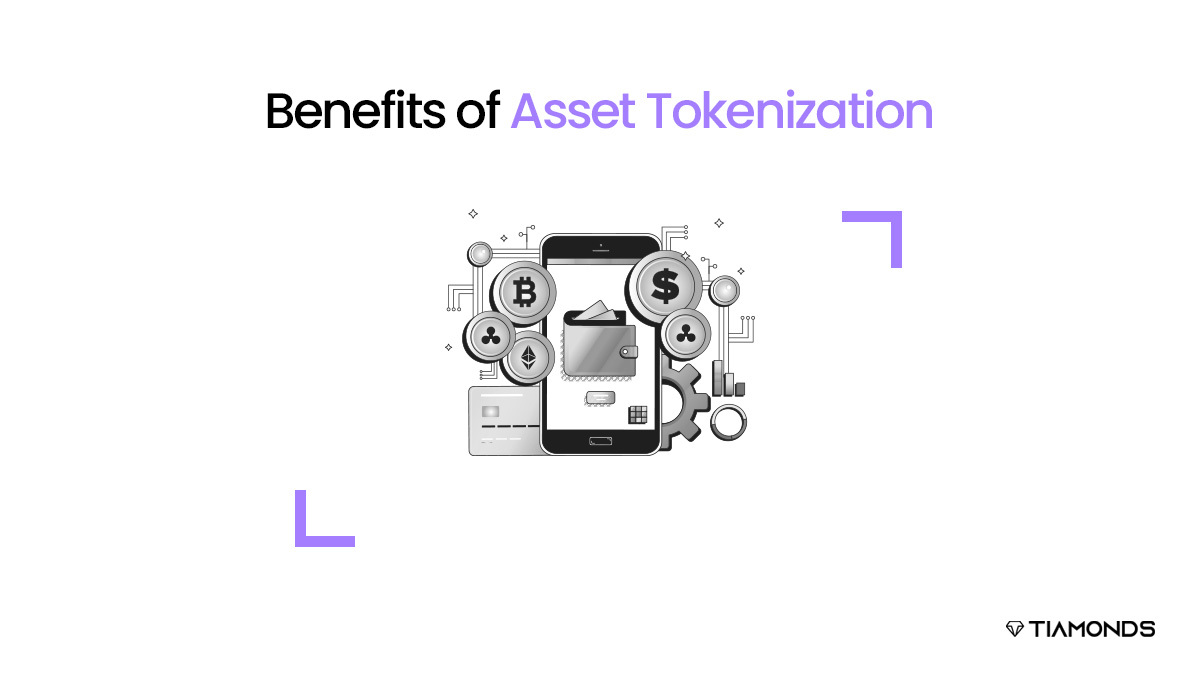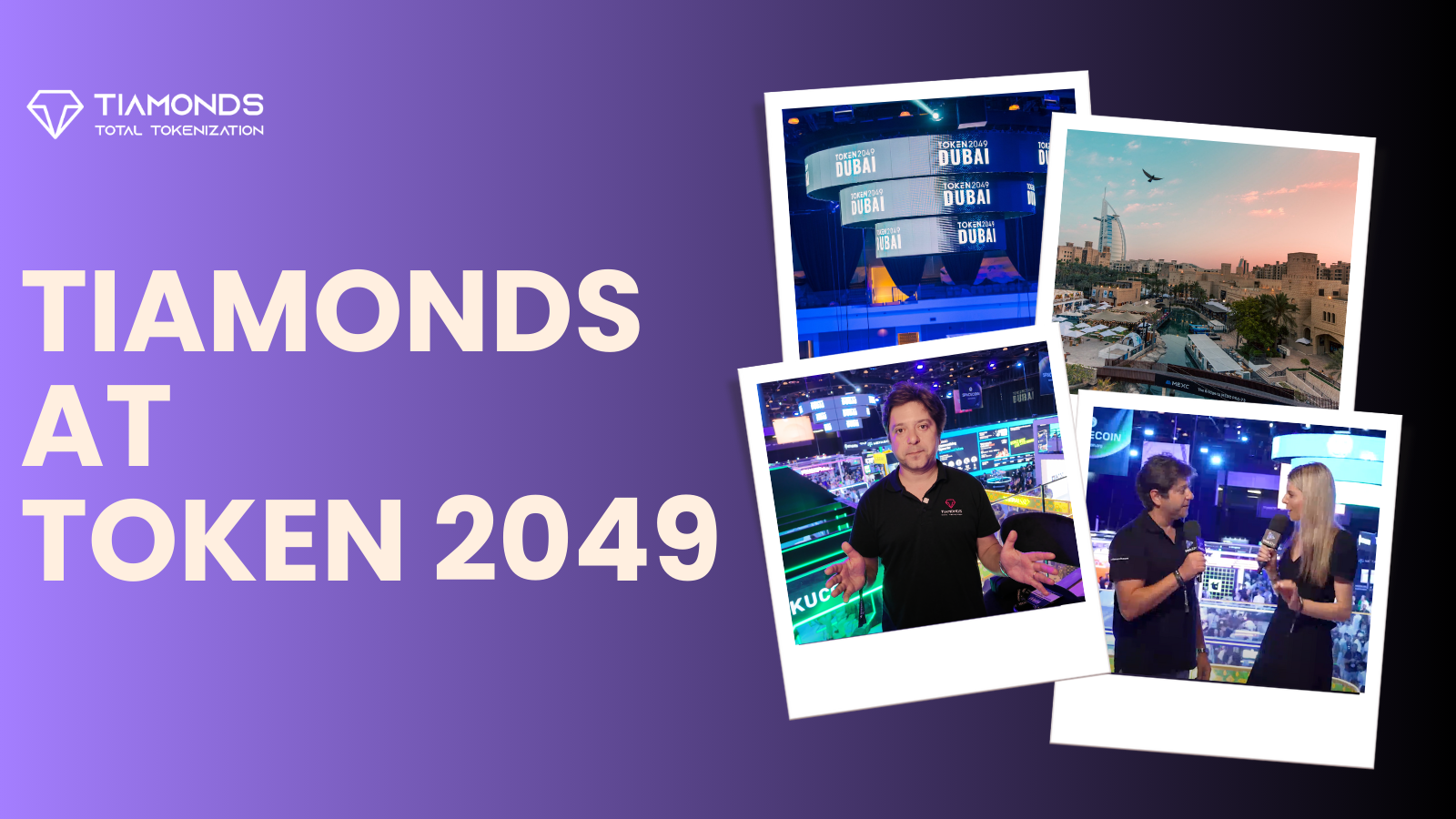Through the introduction of asset tokenization, the world of investing has undergone a significant transformation. This revolutionary idea has the opportunity to alter the manner in which assets are purchased, sold, and owned. Using blockchain technology, asset tokenization facilitates the transformation of physical assets into digital tokens, enabling fractional ownership and frictionless transfer. This article examines the revolutionary impact of this approach on contemporary investments and how it has the potential to revolutionize financial markets.
Table of Contents:
ToggleWhy Has Asset Tokenization Been Gaining Momentum?
Tokenization has gained immense popularity as a result of its numerous advantages. Among the reasons for the increased public interest is:
Increased Liquidity
Enhanced liquidity is one of the main benefits of these services. Investors frequently regard typical real estate as illiquid because it cannot be quickly converted to cash. By transforming real estate assets, however, investors can easily purchase and sell fractional ownership tokens on virtual asset exchanges. This improved liquidity not only advantages investors seeking to liquidate their holdings. But it also facilitates a larger pool for prospective buyers and sellers.
In addition, liquidity is a crucial factor in attracting investors to the tokenization market. Historically, investing in particular assets necessitated an extended commitment and restricted the ability to respond swiftly to market fluctuations. With this asset, shareholders gain the ability to efficiently liquidate their positions and diversify their portfolios.
Financial Accessibility and Integration
The tokenization of assets creates many chances for financial inclusion. Investors from diverse economic contexts are able to participate in platforms that were formerly exclusive to wealthy individuals and institutions. The ability to acquire fractional tokens enables individuals to make investments in assets that correspond with their financial objectives, regardless of their financial resources.
In tokenization, the newly discovered exposure to investment opportunities does not just apply to investors but also extends to asset proprietors. Tokenization enables owners of illiquid assets to release their value by separating them into smaller, transferable units. This democratization of ownership opens the way for greater participation by an assortment of investors. Thereby nurturing a more equitable and inclusive financial ecosystem.
Trust and Openness
Blockchain technology, the fundamental component of asset tokenization, offers exceptional security and transparency. Every transaction has been recorded on an immutable, decentralized ledger, ensuring that the ownership history is accurate and transparent. The reduction in the number of mediators and reliance on smart contracts reduces the risk of fraud while also offering all participants a high level of security.
The transparent nature of tokenization inspires investor confidence and trust. Token holders have easy access to real-time data on the asset’s performance, such as its price on the market, rental income, and dividends. In addition, accountability guarantees that every participant involved in the process of investing has possession of the same data. It reduces information asymmetry and fosters fair and well-informed decision-making.
The decentralized nature of blockchain makes it immune to single critical points of breakdown and cyberattacks. The smart contracts used by the process of tokenization platforms become self-executing and immutable. Which means that once they have been set up on the blockchain, they cannot be altered, modified, or tampered with. Investors gain peace of mind knowing that this comprehensive security framework protects their assets and financial records from potential threats.
Global Availability and Market Performance
The tokenization of assets transcends geographical boundaries, allowing investors from all over the globe to participate in diverse markets. As investors are no longer restricted to local opportunities, this global reach can increase market efficiency. Blockchain technology’s decentralised nature enables the seamless transmission of ownership and funds throughout international borders, eradicating the requirement for brokers while decreasing the cost of transactions as well as processing times.
Real estate markets are especially receptive to the increased market efficiency brought about by asset tokenization. In the past, real estate transactions required extensive documentation, intermediaries, and thorough due diligence. With tokenization, ownership of property can be stored and transferred on the blockchain, thereby expediting the process and reducing administrative costs. Additionally, fractional ownership of land creates new investment opportunities, bringing a larger pool of potential purchasers and shortening the time required to locate suitable investors.
Conclusion
The tokenization of digital assets is undeniably revolutionizing modern investing. By providing liquidity, easy access, transparency, and stability to traditionally illiquid and limited markets, this transformational idea opens up opportunities for investors worldwide. Asset tokenization has the potential to transform the world of finance and democratize investing for future generations as blockchain technology develops and laws and regulations evolve. Investors, businessmen, and financial institutions must all adapt to this paradigm shift in order to completely benefit from its revolutionary effects in the modern era.
Despite the numerous potential advantages of tokenization, we nevertheless remain in an early stage of development. Existing tokenized products are all distributed and transacted within a closed landscape, i.e., on a single tokenization platform, which prevents their widespread adoption. Establishing regulatory clarity on the legality and categorization of these tokenized assets is crucial for determining their issuance and trading venues. Establish market infrastructure to facilitate trading across multiple platforms. Importantly, investors’ asset allocation models must evolve to accommodate allocations to real-world assets.




